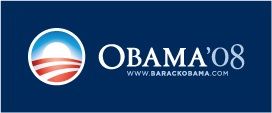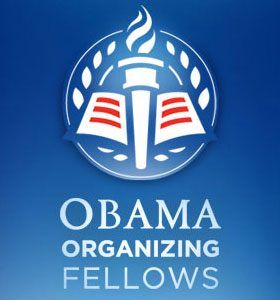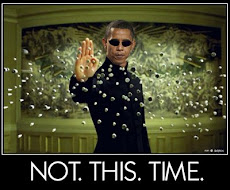Monday, April 15, 2013
history of HBCU's.
Black history first 365 days #76, history of HBCU's.
Glenn R. Chavis
High Point, NC 27260
Historically black colleges and universities
Historically black colleges and universities (HBCUs) are institutions of higher education in the United States that were established before 1964 with the intention of serving the black community.
There are 105 historically black colleges and universities (HBCUs) in the United States, including public and private, two-year and four-year institutions, medical schools and community colleges. Most are located in the former slave states and territories of the U.S. Notable exceptions include Central State University (Ohio), Wilberforce University (Ohio), Cheyney University of Pennsylvania, Lewis College of Business (Detroit, Michigan), Lincoln University (Pennsylvania), and the former Western University (Kansas).
History
Most HBCUs were established after the American Civil War. However, Cheyney University of Pennsylvania, established in 1837, Lincoln University (Pennsylvania), established in 1854, and Wilberforce University, established in 1854, were established for blacks prior to the American Civil War.
The Higher Education Act of 1965, as amended, defines a "part B institution" as: "...any historically black college or university that was established prior to 1964, whose principal mission was, and is, the education of black Americans, and that is accredited by a nationally recognized accrediting agency or association determined by the Secretary [of Education] to be a reliable authority as to the quality of training offered or is, according to such an agency or association, making reasonable progress toward accreditation." Part B of the 1965 Act provides for direct federal aid to Part B institutions.
In 1862, the Morrill Act provided for land grant colleges in each state. Some educational institutions in the North or West were open to blacks since before the Civil War. However, 17 states, mostly in the South, generally excluded blacks from their land grant colleges. In response, the second Morrill Act of 1890 was passed to require states to establish a separate land grant college for blacks if blacks were being excluded from the then existing land grant college. Many of the HBCUs were founded in response to the Second Morrill Act. These land grant schools continue to receive annual federal funding for their research, extension and outreach activities. The Higher Education Act of 1965 established a program for direct federal grants to HBCUs, including federal matching of private endowment contributions.
Other educational institutions currently have large numbers of blacks in their student body, but as they were founded (or opened their doors to African Americans) after the implementation of the Sweatt v. Painter and Brown v. Board of Education rulings by the U.S. Supreme Court (the court decisions which outlawed racial segregation of public education facilities) and the Higher Education Act of 1965, they are not historically black colleges, but have been termed "predominantly black."
Starting in 2001, the libraries of several HBCUs began a conversation about ways to pool their resources and work collaboratively. In 2003, this partnership was formalized as the HBCU Library Alliance, "a consortium that supports the collaboration of information professionals dedicated to providing an array of resources designed to strengthen historically black colleges and Universities and their constituents."
Current status
In 2004, the US Department of Education published a study of HBCUs that found that, as of 2001, HBCUs accounted for 13% of black higher education enrollment.
In 2007, the Thurgood Marshall College Fund published a study of minority recruiting practices by Fortune 400 companies and by government agencies that found that 13% of the college graduates were recruited from HBCUs and 87% were recruited from non-HBCU schools.
The 2009 Stimulus Bill included more than $1.3 billion of additional federal support for HBCU campuses.
Of the 105 HBCU institutions in America today, 27 offer doctoral programs and 52 provide graduate degree programs at the Master's level. At the undergraduate level, 83 of the HBCUs offer a Bachelor's degree program and 38 of these schools offer associate degrees.
The portion of Bachelor degrees awarded to black students by HBCUs has steadily dropped from 35% in 1976 to 21.5% in 2001. From 1976 to 2001, total HBCU enrollment grew from 180,059 to 222,453, with most of this increase being attributable to the growth of female black enrollment from 88,379 to 117,766.
In 1975, Jake Ayers Sr. filed a lawsuit against Mississippi for giving more financial support to its predominantly white public colleges. The state settled the lawsuit in 2002 and agreed to direct $503 million to three historically black colleges, collectively, over 17 years.
Following the enactment of Civil Rights laws in the 1960s, all educational institutions that receive federal funding have undertaken affirmative action to increase their racial diversity. Some historically black colleges now have non-black majorities, notably West Virginia State University and Bluefield State College whose student body has been over 80% white since the mid-1960s. Many non-state-supported HBCUs are struggling financially, due to the increased cost of delivering private education to students and declining financial aid for students.
Racial diversity at HBCUs
As colleges work harder to maintain enrollment levels and because of increased racial harmony and the low cost of tuition, the percentage of non-African American enrollment has tended to climb. The following table highlights HBCUs with high non-African American enrollments:
Subscribe to:
Posts (Atom)









































